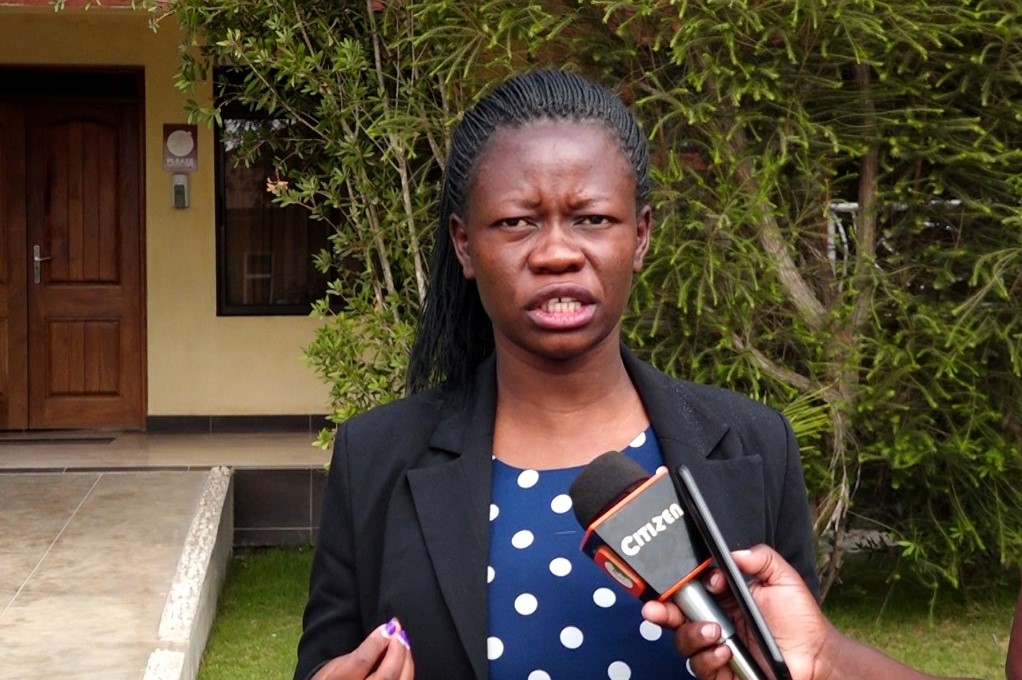Stakeholders in the child protection sector have called for concerted efforts in ending child labour and trafficking in Kenya.
According to a report from the International Labour Organization (ILO) and UNICEF, ‘Child Labour: Global Estimates 2020, Trends and the Road Forward,’ the number of children engaged in child labour has risen to 160 million worldwide, an increase of 8.4 million children in the last four years, with millions more at risk due to the impacts of COVID-19.
In Kenya, data from the Kenya National Bureau of Statistics (KNBS) shows that 8.5 percent of children, or 1.3 million children are engaged in child labour.
The highest child labour rates, at more than 30 percent, are in the arid and semi-arid (ASAL) counties.
Arid and Semi-arid counties were reported to harbor the highest number of children engaged in child labour at more than 30 percent with Samburu, Wajir, Mandera and Turkana counties on the lead.
Children in ASAL counties are engaged in various forms of child labour such as sand harvesting, herding, domestic work and harmful cultural practices such as Female Genital Mutilation and early marriages.
According to Grace Banya, International Labor Organization (ILO) Project Manager, the number of children subjected to hard labor in Kenya shot up, especially during the Covid-19 pandemic period when schools were closed.
“Many children dropped out of school when learning resumed and engaged in different kinds of labor such as domestic work to help provide for their families after their parents lost their jobs,” said Banya.
Banya, who spoke in Kajiado town during a stakeholder sensitization forum, revealed that child trafficking for domestic work, forced labour and sexual exploitation is also on the rise.
The National Council on Children’s Services (NCCS) estimates that around 17,500 Kenyans are trafficked annually for domestic work, forced labour, and commercial sexual exploitation, of which 50% are likely to be minors.
“Kenya is a source, transit, and destination country for trafficking in persons. Children are trafficked out of Kenya through the borders for domestic work, begging, commercial sex exploitation among other vices,” said Banya.
According to Sophie Omutanyi, an officer at African Network for the Prevention and Protection of Children Against Child Abuse and Neglect (ANPPCAN), poverty is the main driver of child labor and trafficking.
Poverty enhances vulnerability which pushes children and families into situations of child labor and trafficking.
UNICEF and KNBS report 2017 reported that 45 per cent of children under 18 in Kenya (9.5 million) experience poverty.
Omutanyi revealed that children are engaged in labour in agricultural farms, fishing sector, boda boda industry, sand harvesting and domestic work where they are employed as house helps.
“Children are trafficked from one county to another for domestic work. We also have cases of disabled children being trafficked into the country to beg in the streets,” said Omutanyi.
The COVID-19 pandemic also increased the number of children at risk of trafficking as traffickers took advantage of the social and economic crisis created by the global pandemic.
The officer said child labour and trafficking is illegal and prohibited by law as it deprives children of their childhood and rights.
Child labour causes physical and mental harm on the child. It cuts the child off from accessing their basic rights like education and health care, depriving them of their future.
On his part, Kajiado County Coordinator of Children’s Services Samuel Masese reiterated the need for all stakeholders to work together to protect children.
Masese revealed that child labour in Kajiado was prevalent in Kitengela, Mashuuru, Namanga and parts of Kajiado central and East.
The most common forms of child labour in the county include: early marriages, domestic work, children working in the boda boda sector, agriculture, quarries, sand harvesting and herding.
“Many children, especially boys, have dropped out of school to herd cattle. The on-going drought has worsened the situation as they have even relocated in search of water and pasture,” said Masese.
Children are forced into work as a result of poverty, illness of a caregiver or job loss of primary wage earners.
Other reasons include inadequate social protection and lack of enforcement of existing legislation on child labour.
The Children’s officer noted that an accelerated response by a range of stakeholders towards the elimination of child labour and trafficking will help reverse the trends.
UNICEF and ILO have called for an adequate social protection, increased spending on quality educationn, getting all children back into school and promotion of decent work for adults, so families don’t have to resort to child labour.
Others measures in ending child labor and trafficking include an end to harmful cultural practice, enforcement of existing laws and policies against child labour and investment in child protection systems, agricultural development, rural public services, infrastructure and livelihoods.
